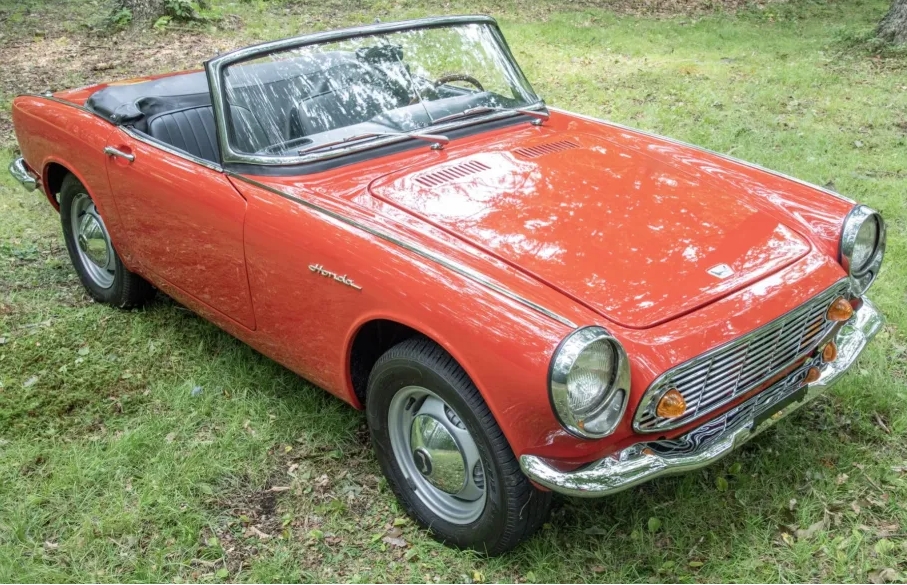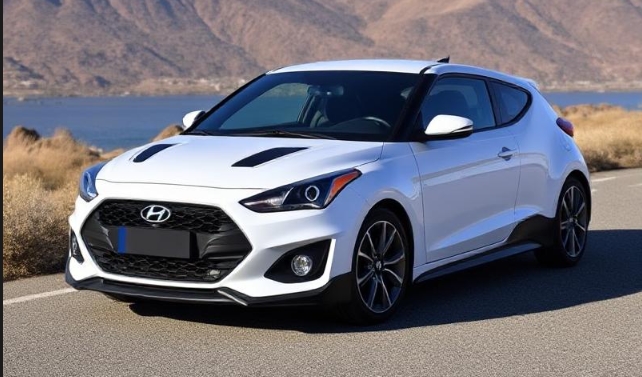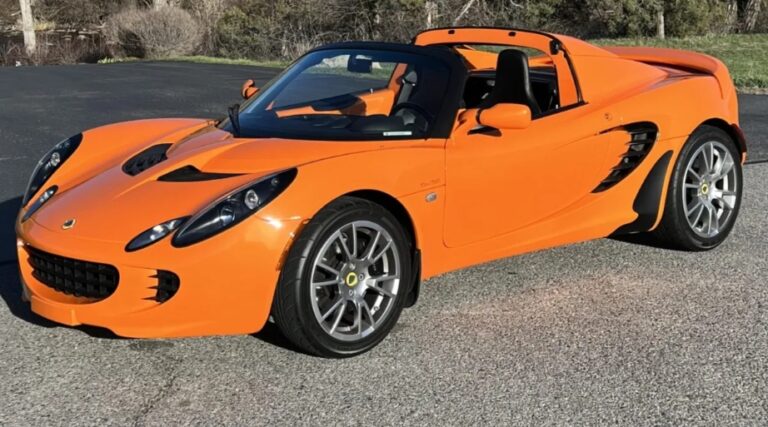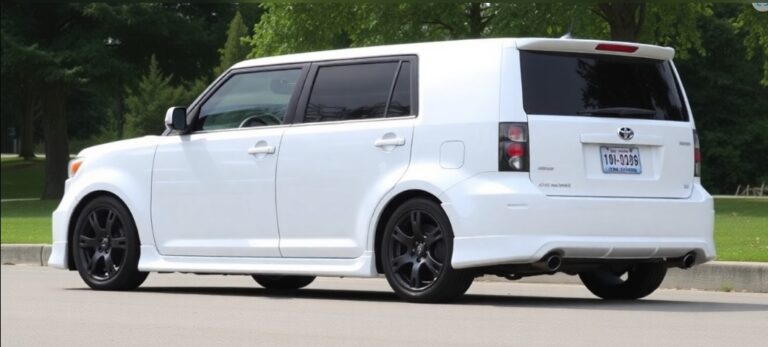The Jewel in the Crown: The Evolution of the Honda S500 & S600
In the annals of automotive history, certain cars stand out not for their earth-shattering sales figures, but for the sheer audacity of their engineering and the statement they made. They are the pioneers, the mavericks that laid the groundwork for legends to come. In the early 1960s, a Japanese company known exclusively for its world-class motorcycles decided to challenge the established automotive order. That company was Honda, and its first series-production sports cars, the S500 and its successor, the S600, were nothing short of a revolution in miniature. These were not just cars; they were rolling manifestos of Soichiro Honda’s engineering philosophy, a symphony of screaming RPMs and watchmaker precision that put the world on notice.
The Genesis: From Two Wheels to Four
To understand the S-series, one must first understand Honda in the post-war era. Soichiro Honda had built a global empire on the back of technically brilliant, high-revving motorcycle engines. When the company decided to enter the four-wheeled market, it wasn’t going to do so by building a conventional, staid sedan. Instead, Honda’s engineers approached the problem with the only mindset they knew: that of a motorcycle company. This meant a focus on lightweight construction, high-specific-output engines, and innovative solutions that often defied automotive convention.
The first public glimpse of this philosophy was the S360 prototype, shown at the 1962 Tokyo Motor Show. A tiny roadster designed to meet Japan’s restrictive Kei car regulations, it featured a 356cc dual overhead camshaft (DOHC) four-cylinder engine. While the S360 never entered production, its engine would form the basis for Honda’s first production vehicle, the T360 micro-truck, and its DNA would be scaled up for its first true sports car.
The Dawn of an Era: The Honda S500 (1963-1964)
In October 1963, Honda unleashed its first passenger car upon the world: the S500. It was a declaration of intent, a tiny David ready to take on the Goliaths of the European sports car scene like MG and Triumph. While it shared a similar diminutive footprint, its mechanical heart was from another planet entirely.
Model: Honda S500 Roadster (Chassis code: AS280) Years Produced: October 1963 – September 1964
The S500 was offered in a single configuration: a two-seat roadster. Its exterior was a handsome, if conventional, design with clear influences from British roadsters, particularly the Austin-Healey Sprite. But beneath the steel monocoque bodywork lay engineering that was pure, undiluted Honda.
The engine was the star of the show. A water-cooled, all-aluminum 531cc DOHC inline-four, it was a masterpiece of miniaturization. Fed by four Keihin side-draft carburetors—one for each cylinder, a hallmark of motorcycle design—it produced an astonishing 44 horsepower at 8,000 RPM. This translated to a specific output of 82.8 hp per liter, a figure that rivaled high-performance Porsches and Ferraris of the day. The redline was a dizzying 9,500 RPM, an auditory experience more akin to a Grand Prix bike than a production car. The crankshaft spun on needle roller bearings, another nod to motorcycle practice, which allowed for these incredible engine speeds.
However, the S500’s most unique and celebrated feature was its drivetrain. Power was sent from a 4-speed manual gearbox to a differential mounted to the car’s frame. From there, the final drive was transmitted not by conventional half-shafts, but by a pair of enclosed, oil-bath-lubricated chains running within trailing arms to each rear wheel. This ingenious system served a dual purpose: it acted as part of the independent rear suspension, reducing unsprung weight for superior handling, and it was a technology Honda’s engineers had perfected over decades of motorcycle manufacturing.
The S500 was a jewel. It was quick for its size, handled with nimble precision, and brought a level of engineering sophistication to the small sports car class that was simply unheard of. Despite its brilliance, it was a short-lived model, produced for less than a year. With only around 1,363 units built, almost all for the Japanese domestic market and finished in either red or white, the S500 was a rare and exotic opening act for what was to come.
Refinement and Power: The Honda S600 (1964-1966)
If the S500 was the proof of concept, the S600 was the polished masterpiece. Launched in March 1964, just five months after the S500’s debut, the S600 took the same successful formula and amplified it, making it more powerful, more usable, and, for the first time, available to a global audience.
Model: Honda S600 Roadster (Chassis code: AS285) Years Produced: 1964 – 1966
The most significant change was under the hood. The engine was bored out to 606cc. While the fundamental architecture—DOHC, all-aluminum, four carburetors, needle-bearing crank—remained, the increase in displacement boosted output to a more potent 57 horsepower at 8,500 RPM. The redline remained a sky-high 9,500 RPM. This extra power gave the sub-1,600-pound car a new level of verve, allowing it to top 90 mph and feel genuinely quick on the open road.
Visually, the S600 Roadster was nearly identical to its predecessor. The most noticeable changes were a revised grille design with a more prominent central bar and different badging. The revolutionary chain-drive rear suspension was carried over, continuing to give the little Honda its signature handling characteristics.
Recognizing the potential for export, Honda began producing left-hand drive versions of the S600, opening it up to markets in Europe and Australia. It became Honda’s first mass-marketed car in many of these countries, building a reputation for reliability and exhilarating performance that would serve the company for decades.
Model Expansion: The S600 Coupe (Chassis code: AS285C) Years Produced: 1965 – 1966
In early 1965, Honda expanded the S600 lineup with a stunning new variant: the S600 Coupe. This was more than just a roadster with a fixed roof; it was a beautifully styled fastback with a practical rear hatchback. The sleek, Kamm-tail design gave the car a more aggressive and purposeful look, while also improving aerodynamics and adding a degree of all-weather usability the roadster lacked. This model was officially designated the SM600, though it is almost universally referred to as the S600 Coupe.
The Coupe shared its entire mechanical setup with the roadster, from the 57 hp engine to the chain-drive rear end. It offered the same thrilling driving experience but in a more refined and visually striking package. The addition of the Coupe broadened the S600’s appeal, transforming it from a pure fair-weather toy into a more versatile, all-season sports car.
Trim Levels and Minor Variants:
Throughout its production run, the S500 and S600 were not offered in distinct trim levels in the modern sense (e.g., L, EX, Si). The models were the trims. A customer chose an S600, and their main options were the body style (Roadster or Coupe) and color.
However, there were subtle running changes and market-specific variations. Early S600 models featured unique “clamshell” opening bonnets that hinged at the front, while later models switched to a more conventional rear-hinged design for easier service access. Small details like indicator light designs and dashboard layouts were also tweaked over the production cycle.
One interesting and often overlooked variant was the Honda SM600, which featured a unique 3-speed semi-automatic transmission with a separate overdrive gear. This was an attempt to make the high-strung sports car more accessible to drivers who did not want to operate a clutch pedal. It was an engineering curiosity but did not prove popular and is exceedingly rare today.
.
Many car aficionados have multiple hobbies, like boating as well as auto stuff. Those who don’t already own a boat (and even some that do), may have thought about building their own boats. It’s really not as hard as you’d think. Just take a look at these easy boat building plans!

.
The End of a Chapter and a Lasting Legacy
Production of the S600 ceased in early 1966 to make way for its more powerful and more conventional successor, the S800, which would finally ditch the chain drive in favor of a traditional live axle. In its relatively short production life, Honda built approximately 11,284 S600 Roadsters and just 1,800 S600 Coupes, making the latter a highly sought-after collector’s item today.
The legacy of the S500 and S600 cannot be overstated. These tiny sports cars were a technical tour de force that established Honda not just as a carmaker, but as a world-class automotive engineering firm. They showcased the company’s mastery of high-revving, efficient engines—a philosophy that would define iconic models like the Civic CVCC, the CRX, the Integra Type R, and, most famously, the S2000, the S600’s direct spiritual successor.
The S500 and S600 were born from a motorcycle soul, crafted with the precision of a Swiss watch, and imbued with an infectious, high-RPM spirit. They proved that small cars could be thrilling, that technical innovation could triumph over brute force, and that a motorcycle company from Japan had what it took to build some of the most exciting and memorable sports cars the world had ever seen. They were, and remain, the brilliant, jewel-like crown of Honda’s genesis.







